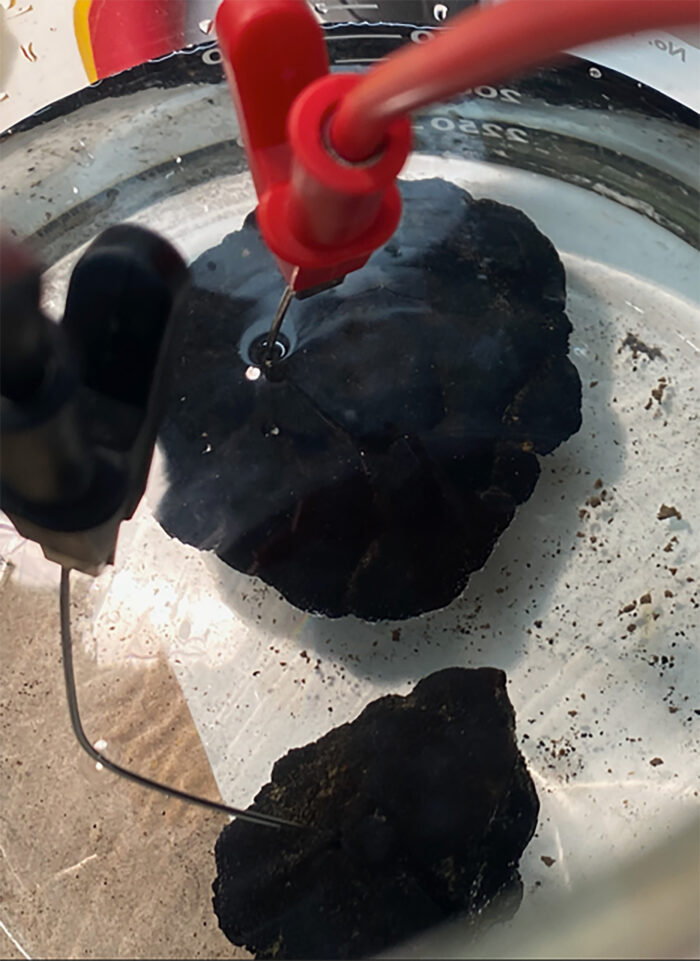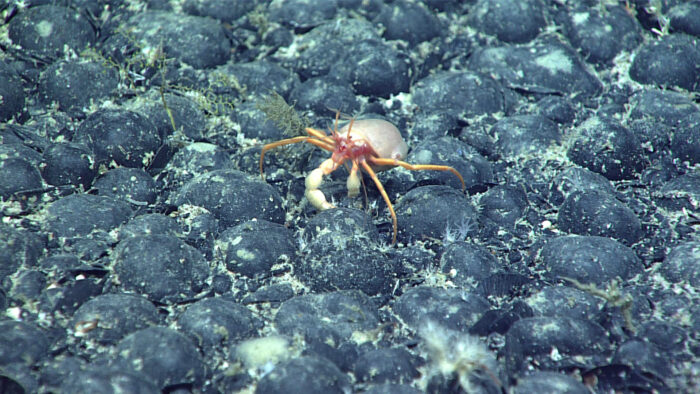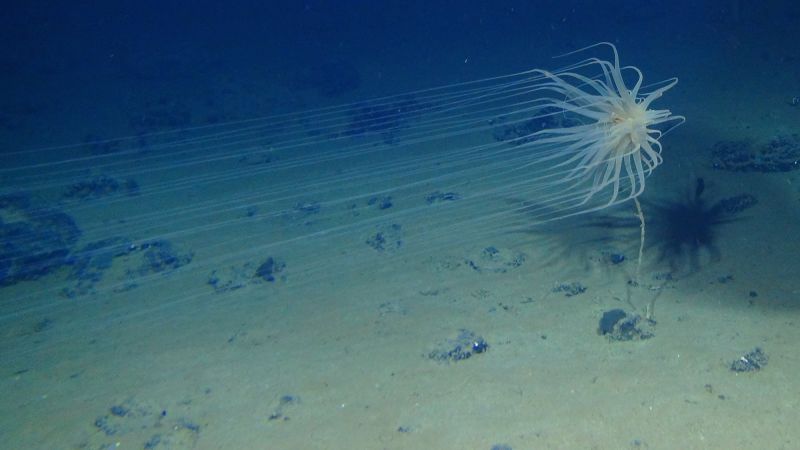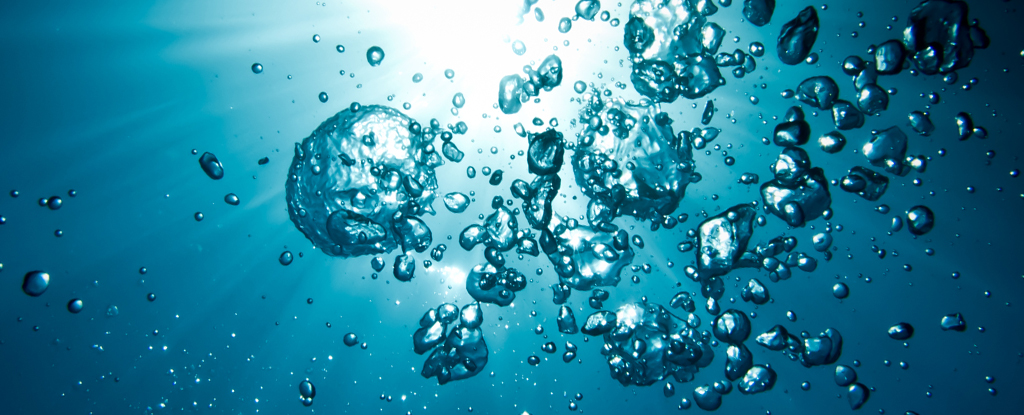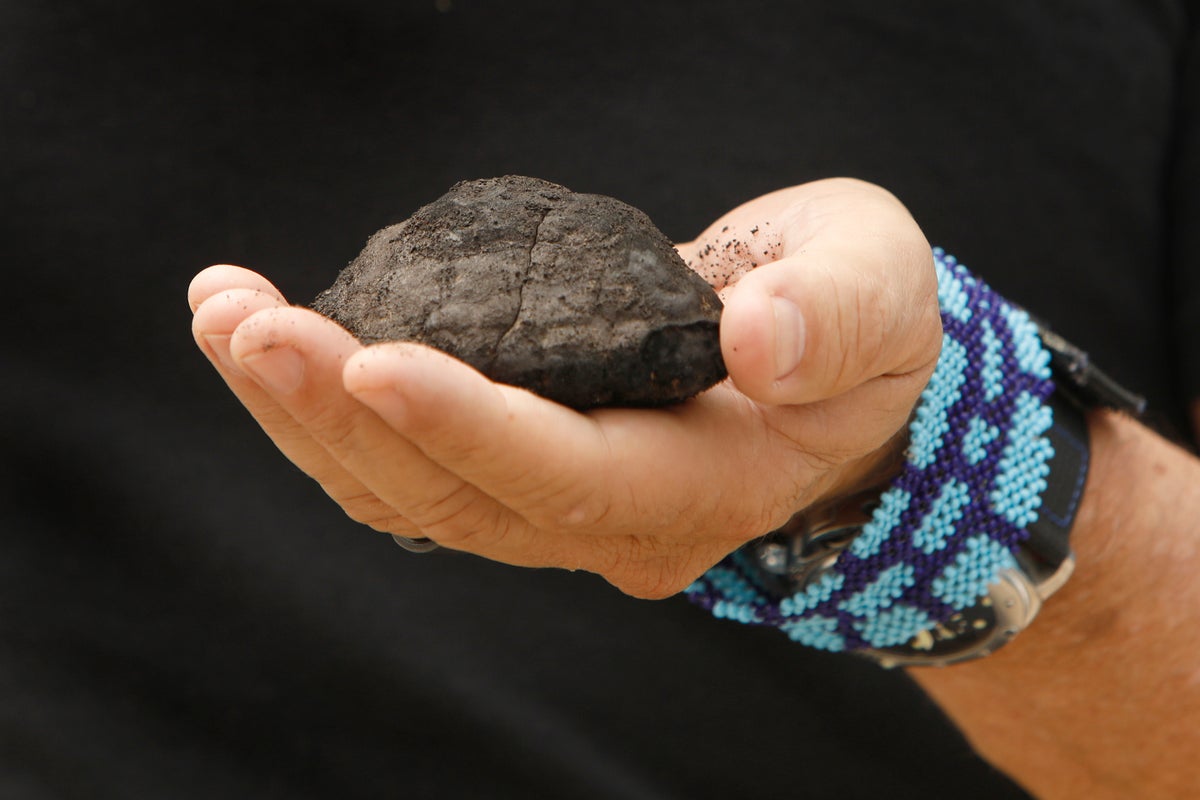
In a groundbreaking discovery, researchers have found that polymetallic nodules on the deep seafloor in the Pacific Ocean's Clarion-Clipperton Zone (CCZ) produce oxygen without sunlight. This unexpected finding challenges our understanding of how oxygen is produced and raises new questions about the potential impact of deep-sea mining on these unique ecosystems.
The leading theory is that these nodules act as natural geobatteries, splitting seawater into hydrogen and oxygen through a process called seawater electrolysis. The nodules become charged as they grow with different metals depositing irregularly over time, creating an electric current large enough to facilitate the chemical reaction.
This discovery has significant implications for deep-sea ecosystems, as it suggests that these nodules could be providing oxygen to support life in the dark depths of the ocean. However, it also raises concerns about the potential impact of deep-sea mining on these fragile ecosystems and their ability to produce oxygen.
The Clarion-Clipperton Zone is a major target for companies looking to mine metals such as manganese and cobalt, which are used in batteries. The International Seabed Authority, under the UN Convention on the Law of the Sea, regulates these mining activities. However, little is known about the long-term effects of mining on deep-sea ecosystems and their ability to produce oxygen.
Researchers from institutions such as Scripps Institution of Oceanography, Boston University, and Northwestern University are continuing to study this phenomenon and its implications for deep-sea ecology. It is important that we approach deep-sea mining with caution and consider the potential impact on these unique ecosystems.
